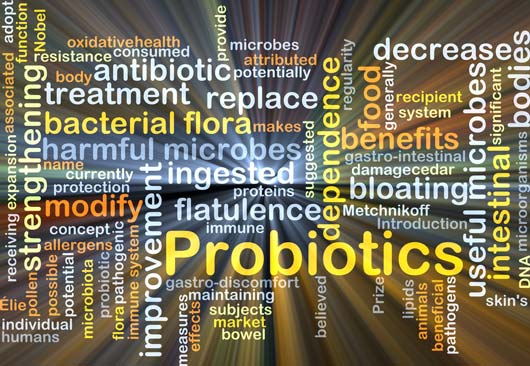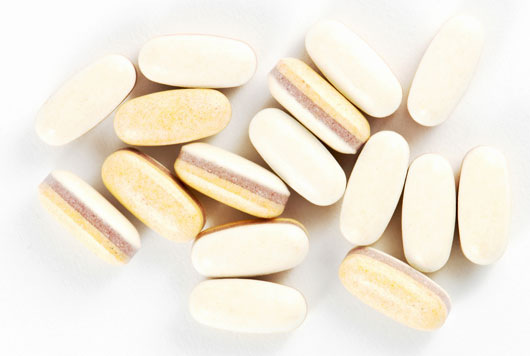
Knowing how to take probiotics is a little (and by that we mean a lot) more complicated than simply eating a cup of yogurt every day. To start, you need to know what they are and why your body needs them. Probiotics are the trillions of “good” bacteria living in your gut and you need them in order to fight off the “bad” illness causing bacteria. We’re not just talking about digestion either, most of your immune system is actually located in your gut and how well your body processes the food you eat can affect everything from your waistline to allergies to your mood.
So why is everyone suddenly going crazy over taking probiotics? It may be that we’re having a harder time maintaining healthy microbes in the Western world. Some research indicates that our obsession with wiping out germs and unhealthy, processed diets are negatively affecting our gut bacteria. In a 2013 Oregon State University study, assistant professor and physician in the OSU Department of Biomedical Sciences, Dr. Natalia Shulzhenko explains, “There’s an increasing disruption of these microbes from modern lifestyle, diet, overuse of antibiotics and other issues. With that disruption, the conversation is breaking down.”
Read Related: The Super Update: 10 New Superfoods to Eat Right Now

A healthy diet is the best way to keep your gut microbiome happy but you may still want a supplement to keep it in really tip-top shape. Because the research is still new, experts are still trying to understand exactly how they work and how to take probiotics effectively. Specific strains address different issues. The two most common are Lactobacillus and Bifidobacterium. The Clinical Advisor has a handy chart matching health concerns with bacterial strains. What dose and which bacteria you should be taking vary depending on whether you’re targeting a specific problem or just looking to up your overall digestive health. Unfortunately, they aren’t strictly regulated so you need to be extra careful about reading labels and choosing a reliable brand.

There are a few key things to look for in a probiotic supplement. It should contain at least 100 million CFUs (Colony Forming Units) and they need to be live, active cultures. The label should name the microbe(s) including strain, species and genus — for instance Lactobacillus acidophilus DDS-1. The label should also tell you how to store the probiotics because some need to be refrigerated or stored at a specific temperature. Remember, they’re alive! The International Scientific Association for Probiotics and Prebiotics (ISAAP) has a great consumer guide with detailed specs.










